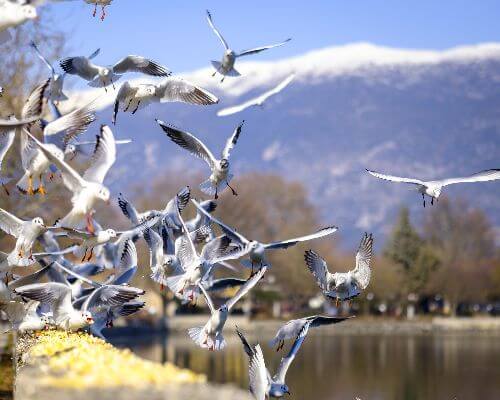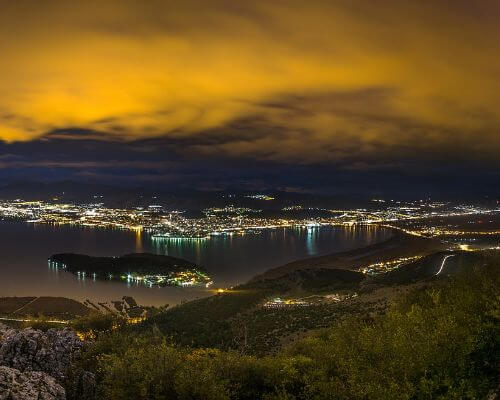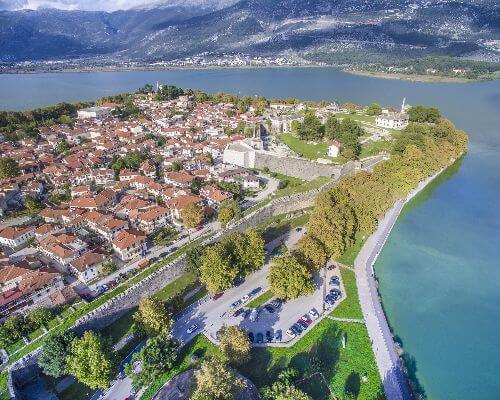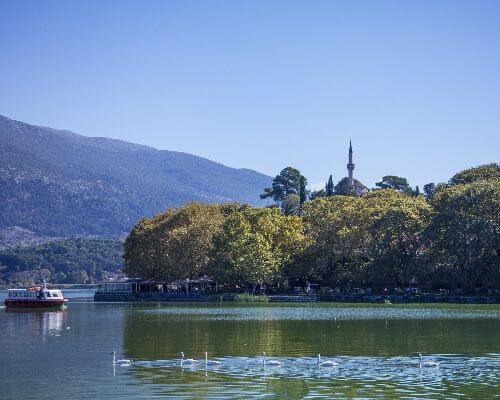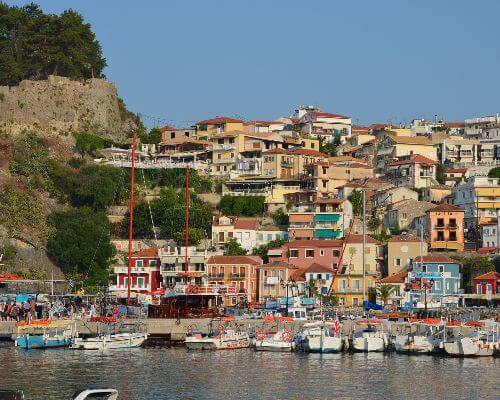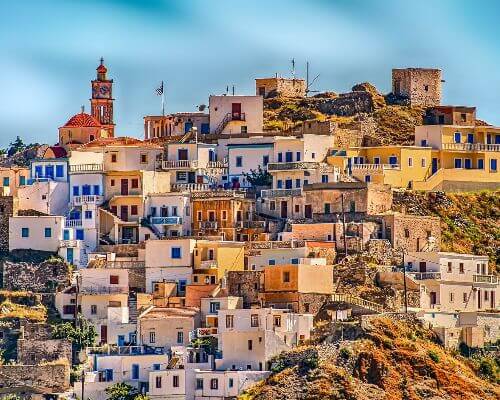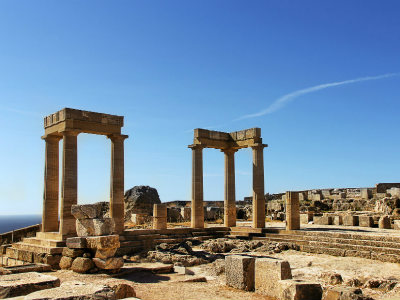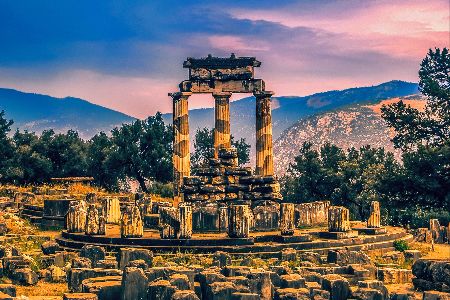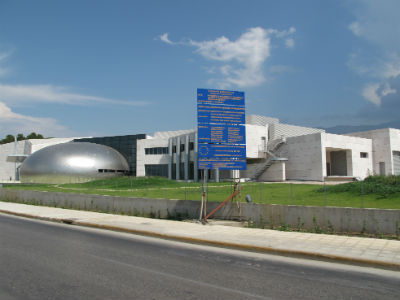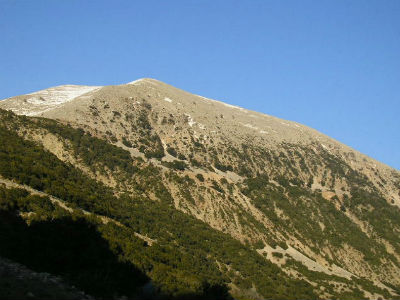Aitoloakarnania, a region located in western Greece, boasts a rich historical and archaeological heritage.
This captivating area offers a plethora of famous archaeological sites that are sure to mesmerize history enthusiasts and cultural aficionados alike.
Ancient Theatre of Ambracia: Unraveling the Drama of the Past
Situated near the modern-day city of Arta, the Ancient Theatre of Ambracia is a testament to the rich cultural heritage of Aitoloakarnania.
Necromanteion of Ephyra: Exploring the Oracle of the Dead
Delving into the mystical realm of the afterlife, the Necromanteion of Ephyra stands as a unique archaeological site in Aitoloakarnania.
Ancient City of Stratos: Witnessing the Power of the Past
The ruins of the Ancient City of Stratos rise majestically on a hill overlooking the fertile valley of Aitoloakarnania.
The Roman Theatre of NikopolisThis well-preserved amphitheater, capable of seating thousands of spectators, hosted extravagant theatrical performances and gladiatorial contests.
Roman Theatre of Nikopolis
This well-preserved amphitheater, capable of seating thousands of spectators, hosted extravagant theatrical performances and gladiatorial contests.
Step onto the stage, envision vibrant performances and marvel at the architectural brilliance of the Romans.
The Ancient City of Calydon: Tracing Myths and Legends
Nestled amidst verdant landscapes, the ancient city of Calydon is a captivating archaeological site with a rich mythological background.
According to ancient legends, it was here that the famous Calydonian Boar Hunt took place, involving legendary heroes such as Meleager and Atalanta.
Roman Theatre of Nikopolis
This well-preserved amphitheater, capable of seating thousands of spectators, hosted extravagant theatrical performances and gladiatorial contests.
Step onto the stage, envision vibrant performances and marvel at the architectural brilliance of the Romans.
The Ancient City of Calydon: Tracing Myths and Legends
Nestled amidst verdant landscapes, the ancient city of Calydon is a captivating archaeological site with a rich mythological background.
According to ancient legends, it was here that the famous Calydonian Boar Hunt took place, involving legendary heroes such as Meleager and Atalanta.
Ancient Theatre of Dodona: Embracing the Oracle of Zeus
As you venture into the heart of Aitoloakarnania, the Ancient Theatre of Dodona unveils itself, offering a mesmerizing experience.
This ancient theater, nestled within the sacred precinct of Dodona, was dedicated to Zeus, the king of the gods in Greek mythology.
Fortress of Chalkis: Defending the Coastline
The Fortress of Chalkis, perched atop a steep hill overlooking the turquoise waters of the Corinthian Gulf, stands as a testament to the strategic significance of Aitoloakarnania’s coastline.
Built during the Byzantine era, this imposing fortress served as a defensive stronghold against invaders and pirates.
Temple of Apollo Thermios: Basking for Divine Radiance
The Temple of Apollo Thermios, located in the picturesque town of Thermos, offers a glimpse into the religious devotion of ancient Greeks.
Dedicated to Apollo, the god of light and prophecy, this sacred site was renowned for its healing powers and oracles.
Ancient City of Oiniades: Exploring the Ruins of Prosperity
Journeying through Aitoloakarnania, you’ll encounter the fascinating remains of the Ancient City of Oiniades.
Once a prosperous and thriving city during the Hellenistic period, Oiniades was renowned for its skilled craftsmen and flourishing trade.
Roman Theatre of Nikopolis
This well-preserved amphitheater, capable of seating thousands of spectators, hosted extravagant theatrical performances and gladiatorial contests.
Step onto the stage, envision vibrant performances and marvel at the architectural brilliance of the Romans.
The Ancient City of Calydon: Tracing Myths and Legends
Nestled amidst verdant landscapes, the ancient city of Calydon is a captivating archaeological site with a rich mythological background.
According to ancient legends, it was here that the famous Calydonian Boar Hunt took place, involving legendary heroes such as Meleager and Atalanta.
Ancient Theatre of Dodona: Embracing the Oracle of Zeus
As you venture into the heart of Aitoloakarnania, the Ancient Theatre of Dodona unveils itself, offering a mesmerizing experience.
This ancient theater, nestled within the sacred precinct of Dodona, was dedicated to Zeus, the king of the gods in Greek mythology.
Fortress of Chalkis: Defending the Coastline
The Fortress of Chalkis, perched atop a steep hill overlooking the turquoise waters of the Corinthian Gulf, stands as a testament to the strategic significance of Aitoloakarnania’s coastline.
Built during the Byzantine era, this imposing fortress served as a defensive stronghold against invaders and pirates.
Temple of Apollo Thermios: Basking for Divine Radiance
The Temple of Apollo Thermios, located in the picturesque town of Thermos, offers a glimpse into the religious devotion of ancient Greeks.
Dedicated to Apollo, the god of light and prophecy, this sacred site was renowned for its healing powers and oracles.
Ancient City of Oiniades: Exploring the Ruins of Prosperity
Journeying through Aitoloakarnania, you’ll encounter the fascinating remains of the Ancient City of Oiniades.
Once a prosperous and thriving city during the Hellenistic period, Oiniades was renowned for its skilled craftsmen and flourishing trade.
Ancient Aetolian Wall: Tracing the Path of Ancient Defense
Stretching across the rugged landscape of Aitoloakarnania, the Ancient Aetolian Wall bears witness to the strategic fortifications erected by the ancient Aetolian League.
Whether you’re a history enthusiast, an archaeology buff, or simply a curious traveler, exploring the famous archaeological sites of Aitoloakarnania promises an enriching and awe-inspiring experience.

